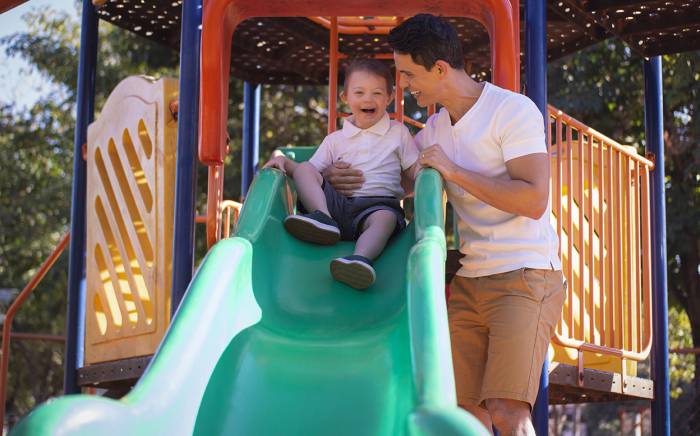Preteens can benefit from strength training, including lifting weights, but only if they use proper technique. By age 7 or 8, most children are mature and coordinated enough to participate in strength training, if they wish, according to the American Academy of Pediatrics. There are good reasons for them to do so: Strength training makes muscles and bones stronger, guards against obesity, and improves sports performance.
If your child is interested in lifting weights, both of you need to do your homework.
“Improper form when weightlifting can lead to muscle strains, stress fractures and growth plate injuries,” says Tom McGowan, ATC, LAT, athletic trainer at the Washington University and St. Louis Children’s Young Athlete Center. “Those can hurt a young athlete’s chances of being successful in her sport.”
Put Form Front and Center
Proper form is the most important factor in avoiding injury while weightlifting. To lift weights safely and effectively, young athletes should keep their joints aligned, with the hips level, making sure the knees are behind the toes and the knees do not buckle inward, McGowan says. Have your child perfect that form in front of a mirror before he begins using weights.
It is also crucial that your child not try to lift too much too soon. She should use only light weights or resistance until she masters proper technique.
“Generally, when a child can complete 10 to 12 repetitions fairly easily, he can increase the weight or resistance by about 10 percent,” says Mark Halstead, MD, pediatric sports medicine specialist at Washington University and St. Louis Children’s Young Athlete Center. “For children who play sports that require a lot of the same motion, such as throwing a ball, we typically recommend lower weights and higher repetitions to train muscles for endurance. For more explosive activities, such as sprinting, we typically suggest less repetitions with increased weight.”
Exercises in Health
How much exercise do children age 12 and younger need, and what forms of physical activity are appropriate for them? According to the Centers for Disease Control and Prevention, children should get at least one hour of exercise each day, including:
- bone-strengthening activities, such as running or jumping rope, at least three times per week
- daily moderate or vigorous aerobic activity, such as riding a bicycle, swimming or playing soccer
- muscle-strengthening exercises at least three days per week—think gymnastics or knees-on-the-floor push-ups
Class Is in Session
The Washington University and St. Louis Children’s Young Athlete Center offers programs related to sports injury prevention. Pediatric sports medicine specialists, physical therapists and athletic trainers present one-hour classes for groups, sports teams or organizations. For more information see page 4. Learn more and schedule a class by visiting StLouisChildrens.org/SportsClass or call 314.454.KIDS (5437) and press “3.”









